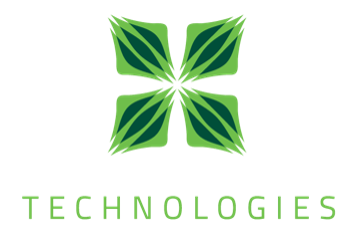EU Horizon 2020 – the Framework Programme for Research and Innovation, 2014-2020
ULTIMATE
indUstry water-utiLiTy symbIosis for a sMarter wATEr society
The goal of this 4-year project, which started in June 2020, is to turn wastewater into a resource, aiming in creating economic value and increasing sustainability by valorizing resources within the water cycle.
Nine business cases from the international agro-food, petrochemical and biotech sector were selected and the proposed approaches promise benefits such as lower costs as well as new types of revenues, by exploiting waste management: not only because it is a legal obligation but because it offers business opportunities.
During this project Greener than Green Technologies will collaborate with Alberta Fruit Processing Plant and develop and demonstrate a pilot plant as a prototype unit comprising hybrid adsorption – subcritical water extraction (SCWE), to extract high added-value compounds, such as antioxidants from wastewater streams, and an advanced oxidation process (AOP) technology, to treat residual wastewater. If deemed necessary, a suitable small bioreactor platform (SBP) may be employed simultaneously, in parallel or in series in
with the AOP to reduce further the organic content.
Website: https://ultimatewater.eu/

This project has received funding from the European Union’s Horizon 2020 research and innovation programme under grant agreement N° 869318



